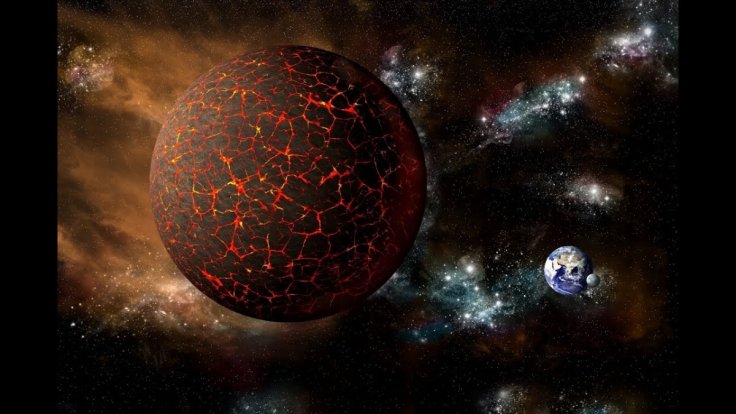
A new study has revealed that the initial seeds of life were first sowed on earth after a planetary collision. As per the study conducted by planetary scientist Rajdeep Dasgupta at the Rice University, a planet with the size of Mars smashed into the earth around 4.4 billion years ago.
After conducting lab experiments followed by various computer simulations, the study team found that the debris left behind after the collision might have deposited the necessary elements needed to nourish life on earth.
The research report, which was published in the journal Science Advances, also added that after the Mars-like planet collided with another planet in the galaxy, the remains created moon, the one and only natural satellite of earth.
"From the study of primitive meteorites, scientists have long known that Earth and other rocky planets in the inner solar system are volatile-depleted. But the timing and mechanism of volatile delivery have been hotly debated. Ours is the first scenario that can explain the timing and delivery in a way that is consistent with all the geochemical evidence," said Rajdeep Dasgupta, The Week reports.
The research conducted by Rajdeep was co-assisted by Rice University graduate student Damanveer Grewal. The research team also added that the origin of life on earth may have connections and implications beyond the solar system.
"This study suggests that a rocky, Earth-like planet gets more chances to acquire life-essential elements if it forms and grows from giant impacts with planets that have sampled different building blocks, perhaps from different parts of a protoplanetary disk," added Dasgupta.
Meanwhile, a section of people has put forward a very weird, yet possible theory. As per these people, if the planetary collision had sowed life on earth, why it has not sowed life on moon, as earth's natural satellite is mammoth debris of the collided planet.









